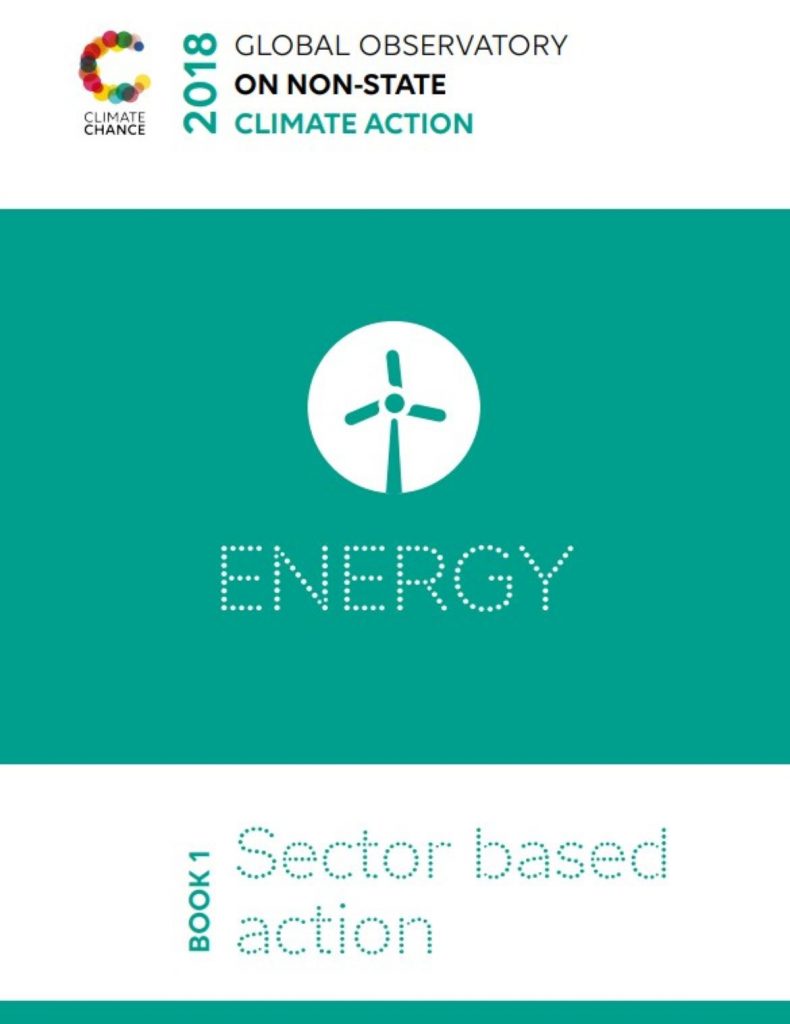Carbon capture and sequestration • A solution that is struggling to materialise
Carbon capture and sequestration (CCS) prevents the release of greenhouse gases into the atmosphere by recovering carbon dioxide at the emitting facilities and then storing it or using it, possibly after transport.

Introduction
Carbon capture and sequestration (CCS) prevents the release of greenhouse gases into the atmosphere by recovering carbon dioxide at the emitting facilities and then storing it or using it, possibly after transport. CCS could quickly reduce greenhouse gas emissions from power generation and industry without the need to reduce fossil fuel consumption. The technical feasibility of this solution has been demonstrated by pilot projects including Petra Nova which started in 2017. However, CCS struggles to get deployed: only 5 projects are underway in the world. We ask what the possible reasons for this reluctance may be.
Contents
1 • CCS: Miracle or Mirage?
- The functioning of CCS
- CCS today in the world
2 • Companies: an enthusiasm without a business model
- Insufficient carbon price to move beyond pilot projects
- The regulatory way
3 • A divided civil society
- NGOs and the academic world
- Local communities
4 • Communities: undecided arbiters
Conclusion
Carbon capture and sequestration is an attractive option for reducing greenhouse gas emissions and could even help remove carbon dioxide from the atmosphere. A decisive advantage of CCS is that its technological feasibility has been proven and that it has been implemented on projects dating back several decades. Its main fault is that it is still too expensive and too uncertain to truly mobilise the economic actors. The reluctance of local authorities and the cautiousness of communities often complicate projects and obscure the prospects of a technology that, for the time being, remains an uncertain deus ex-machina.


